The Galapagos Islands’ top 20 facts

The world recognizes the Galapagos Islands as a singular location, first made popular by explorer Charles Darwin in the middle of the 1800s. Numerous travelers have been to these amazing beaches since he first saw the archipelago. The Galapagos Islands provide a plethora of animals and over 400 different types of fish, so there is definitely much to see. The Enchanted Isles include 20 intriguing details that you should remember.
1. An enormous series of islands makes up the archipelago.
About 575 miles (926 km) east of the Ecuadorian peninsula are the Galapagos Islands, which are located in the Pacific Ocean. Twenty volcanic islands and forty-two islets make up the archipelago, which is composed of more than 250 different kinds of volcanic rock.
2.The national park that is the Galapagos Islands
In addition to being a Biosphere Reserve and UNESCO World Heritage Site, Ecuador’s Galapagos Islands are a national park with all the rights accorded by law. The Galapagos National Park, which makes up 97% of the archipelago, is exclusively open to visitors who are escorted by a park-certified guide. When entering the Galapagos, tourists must pay an admission charge of USD 50 for children and USD 100 for adults. Ecuadorian nationals and residents pay a discounted price of USD 20. More over 25,000 people live in the remaining 3% of the planet’s surface. Isabela, Floreana, Santa Cruz, and San Cristobal are the islands where they reside.
3. There is Galapagos volcanic activity.
2018 saw volcanic activity on the islands of Sierra Negra and Fernandina within the archipelago. Before this, Isabela Island’s Wolf Volcano (also known as Mount Whiton) erupted in May 2015. Down its east and southeast-facing slopes, lava poured. Fortunately, the pink iguanas that live here are mostly found on the northwest part of the island and were not in danger of going extinct. Today, seeing a volcanic explosion might be a frequent experience for tourists visiting the islands, but rather unexpected.

2018 was the most recent eruption of the Sierra Negra volcano.
4.The greatest time to travel to the Galapagos Islands is in any month.
The Galapagos Islands have a mild environment all year round since they are situated on the equator. The archipelago has two distinct seasons: the hot season, which runs from December to May and has warmer, more humid weather, and the dry season, which runs from June to November and is often a little colder. Because of this, the islands are either kind of dry, colorful, and barren or lush, green, and tropical. During the hot season, there is an increase in rainfall and calmer waters, with an average ocean temperature of 79°F (26°C). On the other hand, the dry season brings pleasant breezes and southeast trade winds, along with a rise in maritime activities.
5.What is meant by “Galapago”?
For the oldest residents of the Islands, “Galapago” seems like an appropriate name. This ancient Spanish term described the enormous tortoises’ shells, which at the time resembled “riding saddles.”
6.Day and darkness in equal measure
There are benefits to being equator straddling! You get 12 hours of starry nights every year since there are 12 hours of daylight every day of the year. Savor the daytime and nighttime fauna as well as breathtaking dawns and dusks. It all comes down to balance!
7.Three different kinds of boobies exist.
Boobies are a subspecies of seabirds that are members of the Sulidae family. The Galapagos contains three varieties. These are Nazca boobies; they are also blue-footed and red-footed. All three dive into the water in search of food, yet their behaviors and appearances differ slightly from one another.
8. Here reside the only penguins found in the northern hemisphere

Perched on the second rank among all penguins worldwide is the Galapagos penguin
To believe it, you must see it, but it is true! The Galapagos Islands are home to the sole species of penguin found north of the Equator. These can be spotted as far south as Floreana, as well as in the central islands, however they are usually seen on Isabela and Fernandina.
9. Sea Iguanas: Sun, Swim, Repeat
The Galapagos is home to almost one-fifth of the world’s indigenous marine fauna. Among these critters are the marine iguanas, which have evolved to live exclusively on seaweed and have adapted to their oceanic environments throughout time. Of course, they are stunning sun worshippers and superb swimmers.
10. The (huge) turtle is here to stay!
The longest living vertebrate on Earth is the Galapagos giant tortoise, which may live for well over a century. Numerous enormous tortoise sanctuaries and breeding facilities may be found in the Enchanted Isles, mostly on the islands of Santa Cruz and San Cristobal. The physical traits of the many Galapagos giant tortoise species are influenced by the island and environment in which they have evolved.
11. The history of green sea turtles is extensive.
The turtle from the green water swims calmly. Almost everywhere in the Galapagos Islands’ seas, they are seen. They are thought to have lived at the time when dinosaurs were still on the planet, having swum alongside some of the largest and oldest of these ape-like creatures.
12. Awe-inspiringly, the Galapagos has very little fear of people!
A fantastic location to see wildlife up close is the Galapagos Islands. Recall that it is banned to touch or pet and that doing so might have costly consequences [/caption]
Because they have no natural predators, the animals that live in the Galapagos often show little fear about tourists. In order to conserve both habitat and species, visitors are asked to maintain a safe distance (about 7 feet or 2 meters). It is unclear if this is because the species has adapted to being watched and left alone or if they actually do not feel intimidated by humans.
13. There is a tectonic plate junction in the Galapagos Islands
The islands of the Galapagos are unique because of this point of convergence between the Pacific, Coco, and Nazca plates. It’s an extremely unique region on Earth with sporadic volcanic activity and amazing, biologically diversified landscapes. The islands’ distinctive topography makes a lot of things feel foreign.
14. Charles Darwin’s Theory of Evolution by Natural Selection was influenced by the Galapagos Islands.
Charles Darwin made the Galapagos Islands renowned in the middle of the 1830s because this is where he formulated his Theory of Evolution by Natural Selection. The scientist is honored by a stone bust at Santa Cruz Island’s main plaza, and The Charles Darwin Research Station, a popular tourist destination nearby, is named for this enormous figure in evolution.
15. Post Office Bay
Make sure to see the barrel-shaped post box on the Island of Floreana, which dates back to the 18th century and was placed there by whaling ships. Even if it is a little archaic now, travelers nevertheless find it fascinating to see historical sites that still have relevance today.
Consider the Galapagos cruise more than just a vacation spot. More than that, it’s a remarkable location honoring not just a scientist and his accomplishments but also its distinct flora and wildlife, which thrill and enchant even the most reserved naturalist in all of us, kids and adults alike.
16. Every year, visitors are met with pleasant weather.
It’s not as hot and muggy as you might imagine in the Galapagos Islands. With annual highs of 79°–86°F (26°–30°C) and water temperatures ranging from 71° to 78°F (21.7°–25.6°), the equatorial environment is delightfully warm.
17. Both mollusks and fishes are abundant, with over 800 species known.
The seas around the archipelago’s islands are brimming with a staggering array of fish species, many of which may be seen when snorkeling in the Galapagos National Park, as well as a magnificent and colorful variety of snails, octopus, cuttlefish, oysters, and squid.
18. Every year, fewer than 79,000 tourists take liveaboard tours of the Galapagos Islands.
Living aboards, or travelers who live aboard sailing yachts while visiting the islands, are a growing tourist trend in the Galapagos Islands. Every year, the months of June, July, and August show a rise in the number of tourists to the archipelago, and from mid-December to mid-January, there is another surge. Although the islands are always bustling, they are never overly congested, which makes them an ideal vacation spot.
It’s also crucial to remember that all visitors to the Galapagos National Park must always be escorted by a naturalist guide who has earned the GNP certification. A guide may have up to 16 visitors at a time. There are several cruises with very good ratios (between 8 and 12 passengers per guide). It might be wise to speak with a destination specialist if you’re thinking about visiting the Galapagos.
19. The archipelago is ever-changing.
The islands are not idle remnants of history. Younger ones form and older ones slowly return to the water; they are always changing.
20. Intersections of ocean currents have unanticipated results.
A confluence of currents is present on the Galapagos Islands. The Panama, Cromwell, Humboldt, and Equatorial currents are the four main currents that converge in the archipelagic zone. This makes it frequently challenging to forecast wave action. In a similar vein, marine life and underwater visibility fluctuate, as do water temperatures. Furthermore, El Niño springs from the Galapagos Islands’ shore and has the power to change weather patterns, food availability on land and in other ocean currents.
RELATED STORIES
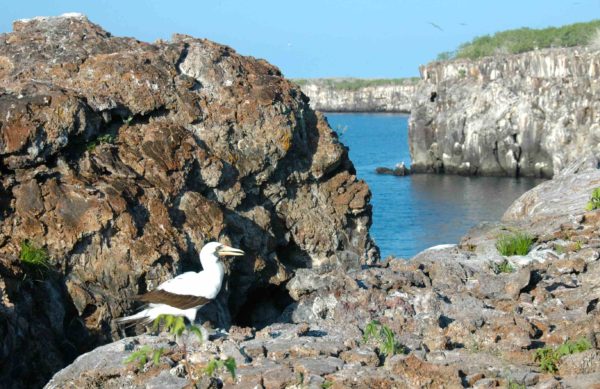
Interesting facts about the three types of boobies in the Galapagos

Food on a Galapagos Cruise: We’ve Got You Covered
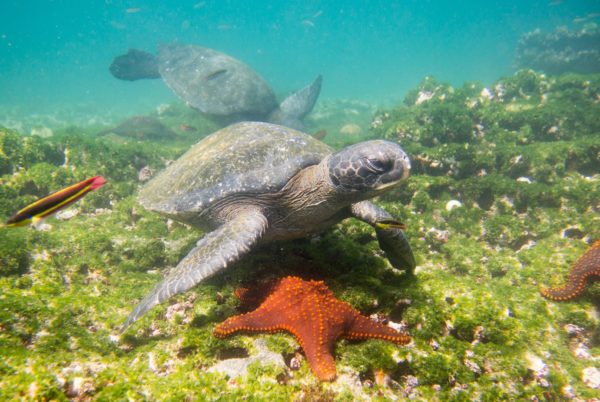
My Favourite Sea Turtle Experience Aboard the Santa Cruz II
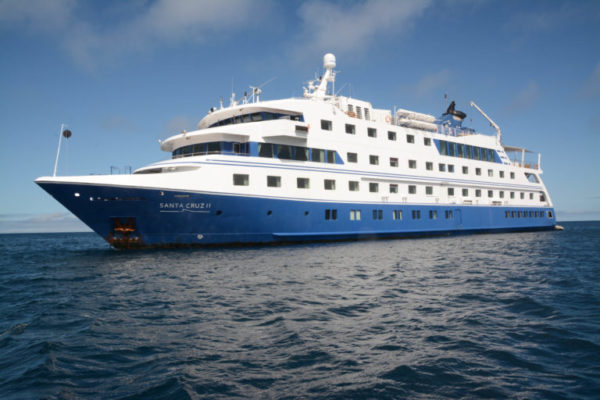
First Day Aboard the Santa Cruz II
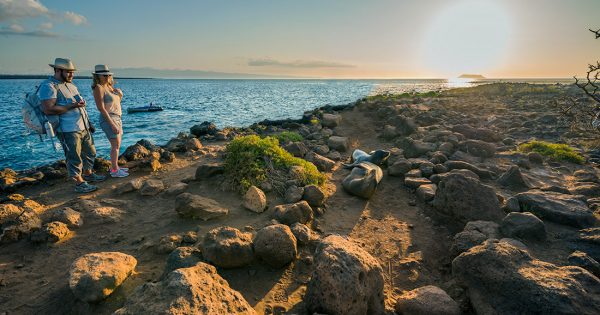
North Seymour Frigates and Boobies
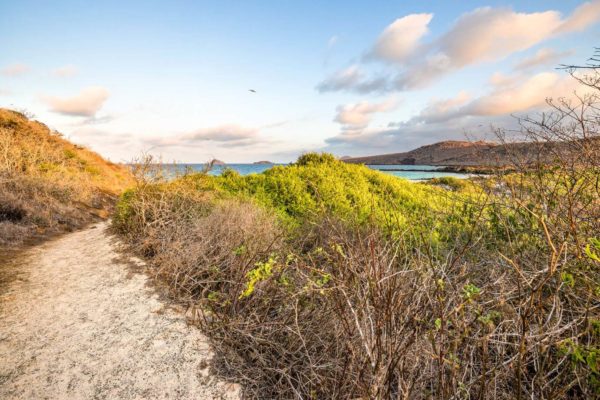
Ecuador Facts (Vol. I): An Interesting Collection of Natural Wonders and Achievements
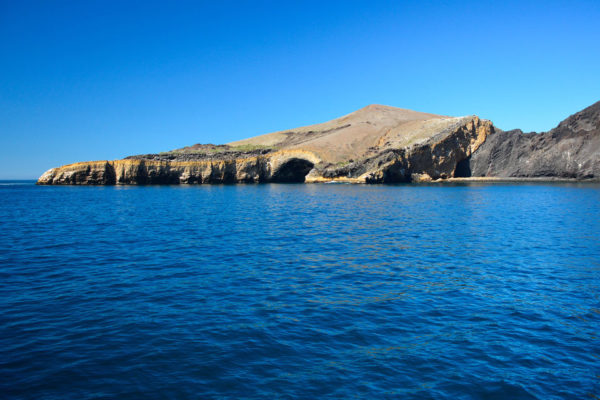
Galapagos Experience Testimonial
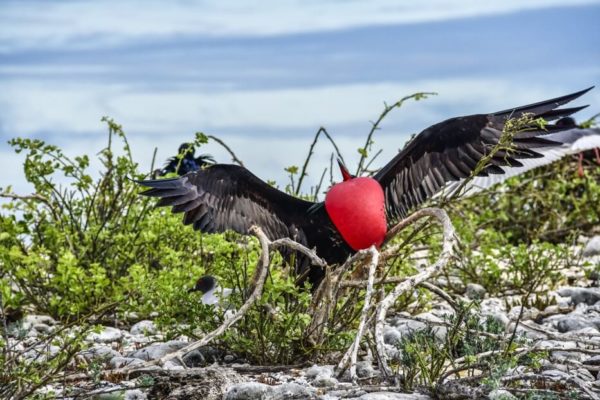
Galapagos Frigatebirds: A Colorful Medley of Courting & Nesting
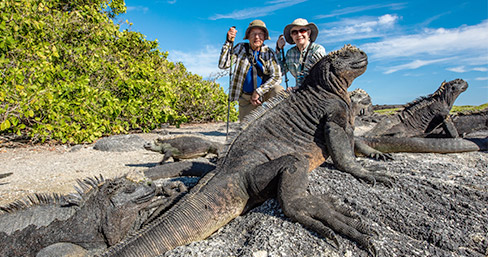
The Beauty of an Intimate Galapagos Vacation

A Synopsis of Galapagos Plant Life’s History
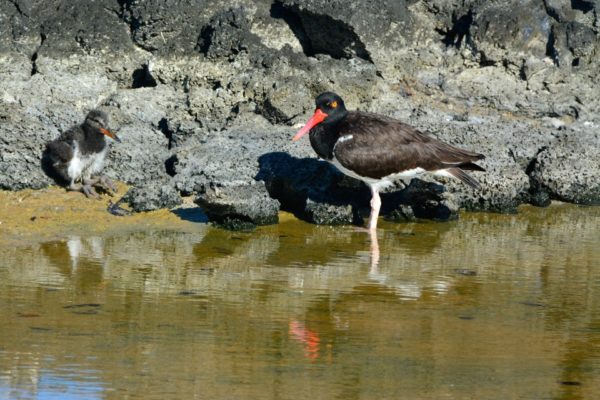
Hidden in Plain Sight: The Galapagos Baby Oystercatcher
